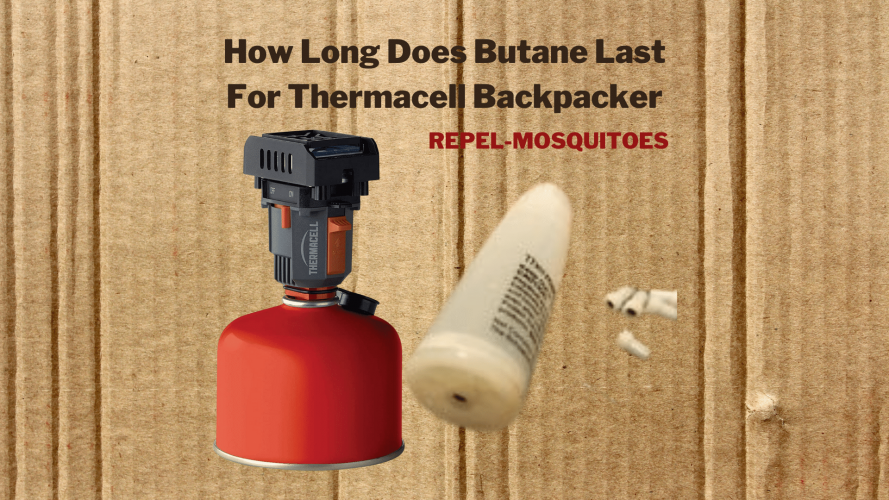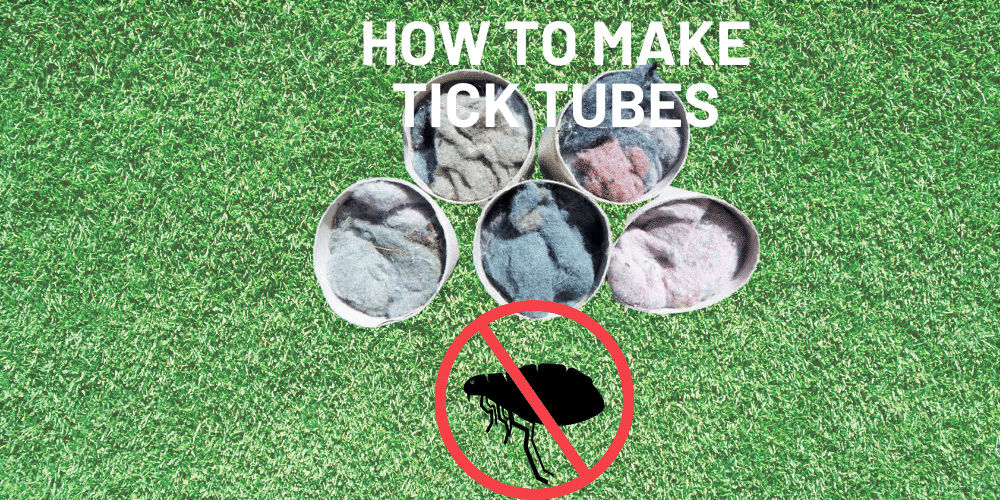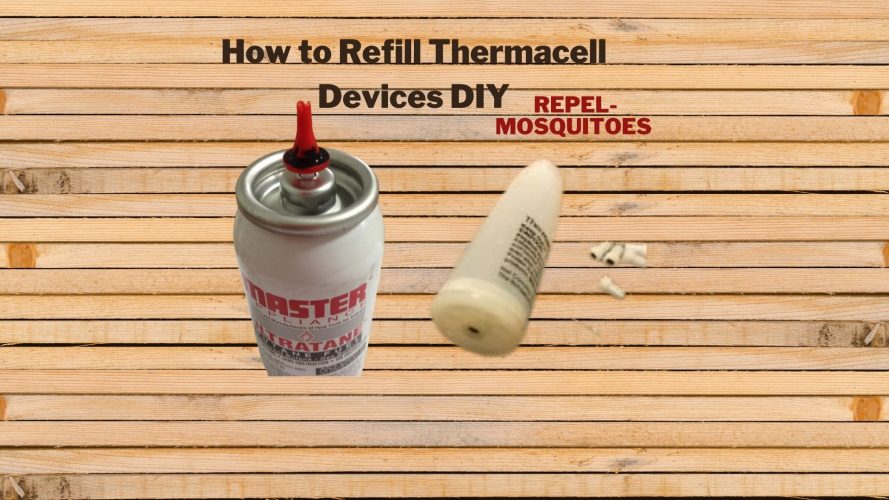The best type of hammock for the backyard is a hammock with a mosquito net and rainfly, which can provide you with the perfect place to sleep during a thunderstorm or just enjoy an afternoon nap in the shade. It protects from mosquitos, reduces bugs from getting on your skin, and keeps you cool during hot days. If a hammock is not your preferred type of sleeping device, check out camping tents!
Paha Que Wilderness Hammock Rainfly – Lean-To Shelter – Lightweight Tarp –Oversized 12’ x 8.5’, Perfect for Camping, Backpacking, Gear Protection,
Camping Hammock 2 Person Hammocks with Net, Tent, Tree Straps Heavy Duty Waterproof Lightweight Nylon Portable Hammock
Sorbus Hanging Swing Nest with Pillow, Double Hammock Daybed Saucer Style Lounger Swing, 264 Pound Capacity, for Indoor/Outdoor Use (Swing Nest – White)
xmwm Hammock with Mosquito Net Rain Fly Tarp – Ultralight Parachute Nylon,for Outdoor Camping Hiking Picnic Travel,Windproof Rainproof and Uv Resistant A
Getting to Know a Hammock
If you’re looking for an easy way to spend a lazy afternoon outdoors, a hammock is a right choice. Here are four things to know about enjoying a hammock:
1. Hammocks can be used in all types of weather, from hot summer days to brisk autumn evenings. Simply adjust the hanging straps to fit the conditions.
2. They’re perfect for relaxation and snuggling – simply spread yourself out and let your cares fall away.
3. They’re versatile enough to be used as beds, chairs, or loungers – whatever you need them for, a hammock can provide it.
4. And if you want to take your hammock camping or hiking, simply add mosquito netting for extra protection from bugs (and rain).
Types of Hammocks
A hammock is one of the most popular camping and outdoor activities. Hammocks come in a variety of types and can be used for a variety of purposes. This guide will discuss the different types of hammocks and how they are used.
The first type of hammock is the tree-hugging hammock. This type of hammock is designed to be hung between two trees, with the user hanging below the canopy of the tree. The benefits of using a tree-hugging hammock are that it is spacious, allows for plenty of movement, and provides excellent privacy.
The second type of hammock is the suspension hammock. This type of hammock uses rope to suspend the hammock between two points above the ground. The suspension system can be adjusted to provide a variety of angles and positions, making it perfect for both relaxation and fitness activities.
The third type of hammock is the traditional Hammock. This type of hammock is made from heavy fabric and includes a suspension system to hang it from trees or poles. Traditional Hammocks are more expensive than other types but offer superior comfort due to their thick fabric and straps.
What Size Should You Buy?
When deciding what size hammock to buy, it’s important to keep in mind your intended use. For recreational purposes, a smaller hammock will be more comfortable than a larger one. If you plan on using the hammock for sleep, however, a larger size may be more comfortable.
To find the right size hammock for you, measure your height and width. This information can be found in the product description or on the manufacturer’s website. Once you have this information, divide it by 2 to get the Hammock Size (in inches). For example, if your height is 6’2″ and your width is 3′, your Hammock Size would be 16″.
Once you have the Hammock Size, it’s time to choose a material. The most popular types of hammocks are made out of cotton or nylon rope. If you’re looking for a synthetic rope hammock, make sure to read the reviews before purchasing to make sure it’s compatible with your specific hammock size and weight.
Finally, purchase an appropriate rainfly or rain cover. These accessories will help protect your hammock from rain and insects while you’re using it.
Hammocks vs. Tarps
Hammocks and tarps offer a great deal of versatility when it comes to camping and hiking. They are both great options for getting a good night’s sleep, but each has its own advantages and disadvantages.
Here are some key points to consider when deciding which camping gear to use:
-Hammocks are often lighter and smaller than tarps, making them easier to carry.
-Hammocks can be used in many different environments, from the rainforest to the desert.
-Tarps can be more effective at blocking wind and rain, but they can be less versatile.
-Both hammocks and tarps come with mosquito nets, offering extra protection from bugs.
How to Hang the Hammock Properly
When you’re ready to take your camping Hammock experience to the next level, it’s important to know how to hang your hammock properly so you can get the most out of your time in nature. Here are a few tips:
Choose the right tree
When choosing a tree to hang your hammock, make sure it is sturdy and has a gentle slope. If the tree is too heavy or too big, it could potentially damage your hammock while you’re swinging in it!
Get the right netting
If you’re looking for a mosquito-free sleep, invest in a quality mosquito netting set. Not only will this keep bugs at bay, but it also provides insulation against the cold ground below. You’ll also want to make sure to get a rainfly if weather conditions permit. This will help keep you cozy and dry all night long.
Mosquito Netting and Rainflys
If you are looking for an easy and affordable way to keep bugs and mosquitoes away from your body while camping or hiking, a hammock with mosquito netting and rainfly is the perfect solution. There are a variety of options available, so you can find one that fits your needs and budget.
Some hammocks come equipped with mosquito netting already included in the design. This type of net is made from a sturdy fabric that is sure to keep few bugs at bay. Some mosquito nets also come with built-in rainflys, which can be used to cover the hammock completely during inclement weather. This makes it difficult for insects and other pests to get inside the shelter, preventing them from spreading any diseases.
If you’re looking for a hammock without any extra features, there are also options available. Some simply include a simple mosquito netting fabric that hangs down from the top of the hammock. Others include no netting at all, allowing you to enjoy complete peace and quiet when sleeping outdoors. Whichever option you choose, make sure to select one that is comfortable and bug-free.
Tips for Storage, Cleaning, and Care
When it comes to storing your hammock, make sure to keep it in a dry and cool place. You can also store your hammock with a mosquito net and rainfly. Here are a few tips for cleaning and care:
-Wash the hammock regularly using a mild soap and water.
-If there is any build-up of moss, insects, or other debris on the hammock, use a brush to remove it.
-If the hammock starts to smell bad, it may be time to replace the net and/or rainfly.







